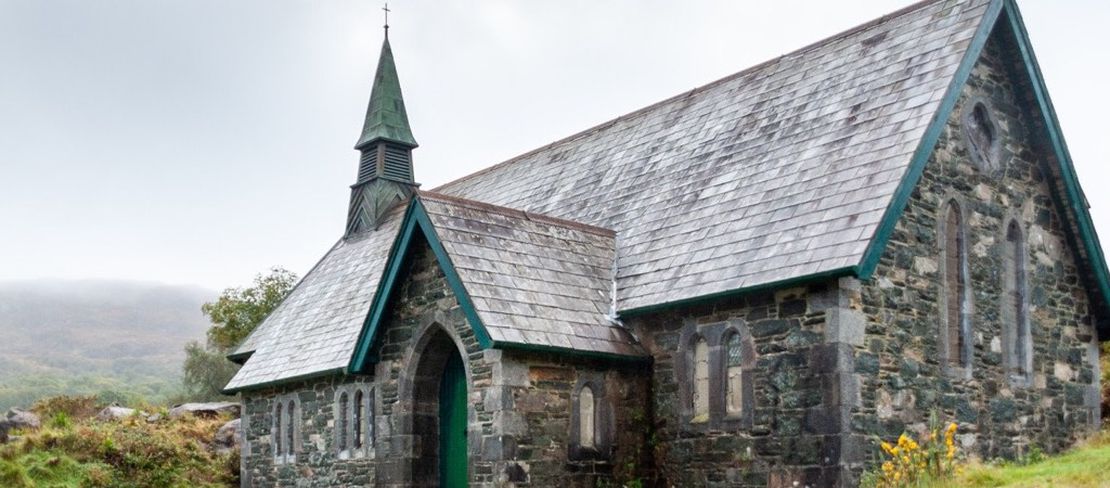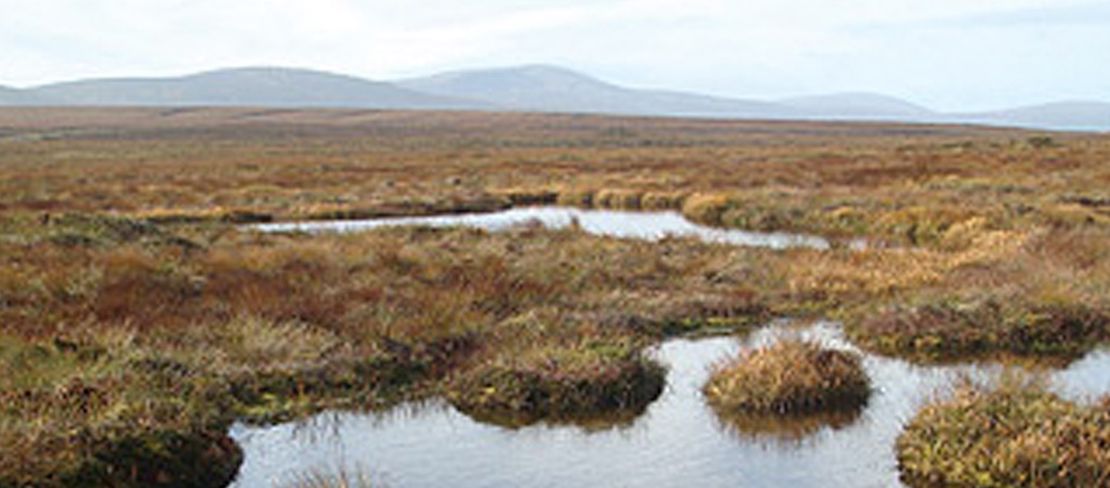
The McManus’s of Ardnanure and Nure
- Michael McManus
- Ireland
- June 6, 2022
Table of Contents
The arrival of a number of McManus families to settle in Ardnanure and Nure would have gone unnoticed and indeed unrecorded were it not for Nure’s great local Historian the Late Kieran McManus (1874-1973) who related to Folklore Collector James Delaney in 1961 that several centuries ago, the McManus’s in Nure and Ardnanure hailed from the North of Ireland.
Kieran’s story went on to say that two brothers settled in Nure and two more went to Ardnanure, but he wasn’t sure of their relationship. The surname McManus has continued to be maintained to this day in both townlands.
First Relaxation of the Penal Laws brought benefit to the McManus of Nure
To put an actual fixed date for the time of arrival of the two McManus brothers to Nure is to this day shrouded in mystery.
However there is every reason to believe that with the first relaxation of the Penal Laws in 1771 which allowed Catholics to take up long leases of up to fifty acres of bog, this could be a pointer to the actual time of arrival of the first two McManus brothers to set up their home in Nure.
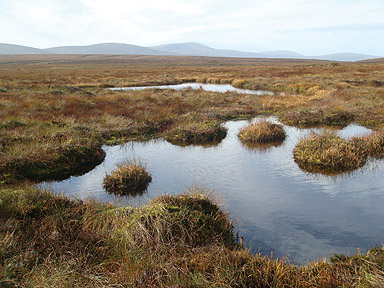
Bog
Recent research has found that some other McManus families not directly connected to Old Kieran’s family came to Nure from Ardcarne in County Roscommon.
The bog intended for reclamation had to be at least one metre deep and could not be located within one mile from any town.
There was an obligation on Catholics who had to reclaim one half of their bogland within eleven years.
Johnstown Estate
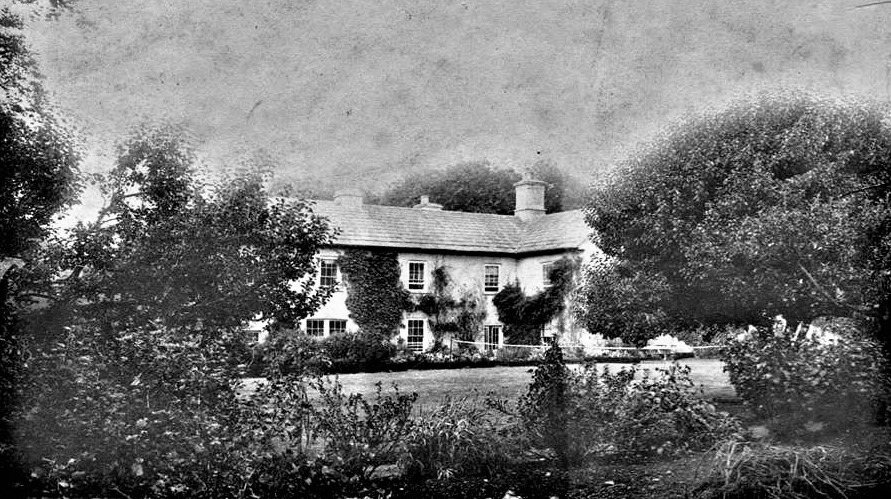
There is every possibility that the first two McManus brothers who came to Nure arrived here as migratory workers on the Johnstown Estate comprising of the townlands of Nure, Drumlosh and Drivea containing a total area of 2,148 acres.
The 1812 Bog Survey
In later years bog reclamation extended to Drivera/Johnstown the neighbouring townland to Nure.
James Deering Land Surveyor working in the parish of Drum commenced duties in February 1839 and continued to do so until June of that same year.
He recorded that 50 acres of bogland in Drivera/Johnstown area had recently been reclaimed; this actual bogland area can be identified up to the present time.
Looking today at the surrounding bogland countryside leading to Nure village one can clearly see that on one side of the roadway a considerable area of cutaway bog had been reclaimed and is now primarily grassland.
On the opposite side of the roadway, with several acres of cultivated high bog has now been converted into grassland
The Tithe Applottment Composition Books 1833 list,
- Edward McManus
- Peter McManus
- Matt McManus
- Owen McManus
All sharing 62 acres 3 roods of class 3 lands indicates the land to be of mixed quality in Nure.
In 1828 The Church of Ireland Select Vestry Books for the Union of Drum and Moore Parish record a Patrick McManus as a Tithe Rent payer, with 62 acres and 3 roods at Nure.
The success of the initial 1771 Bog Reclamation works undertaken by Catholic tenants in different areas may have prompted the British Authorities into implementing in 1812 a Survey of Midland Bogs, with a view to carrying out an extensive drainage programme.
A set of detailed Survey Maps were prepared under the direction of Mr Richard Griffith for the [Commissioners of Valuation.](https://www.askaboutireland.ie/reading-room/history-heritage/poor-law-union/carlow-poor-law-union-1/raising-the-money/richard-griffith-(1784-18/)
However it is not clear if all of the actual drainage works were completed in all areas.
It is known locally that two rivers bordering on either side of Nure were cleaned and at least one fresh watercourse opening was made in the vicinity of Drivea. Owning to the amalgamation of the townlands of Nure and Drumlosh, in Deering’s Survey Records it is somewhat difficult to follow the pattern of his findings in every case.
An interesting feature on each set of Maps shows the imprint in miniature of the Big House’s of the Landed Gentry, who probably had an added input into the preparation of the maps.
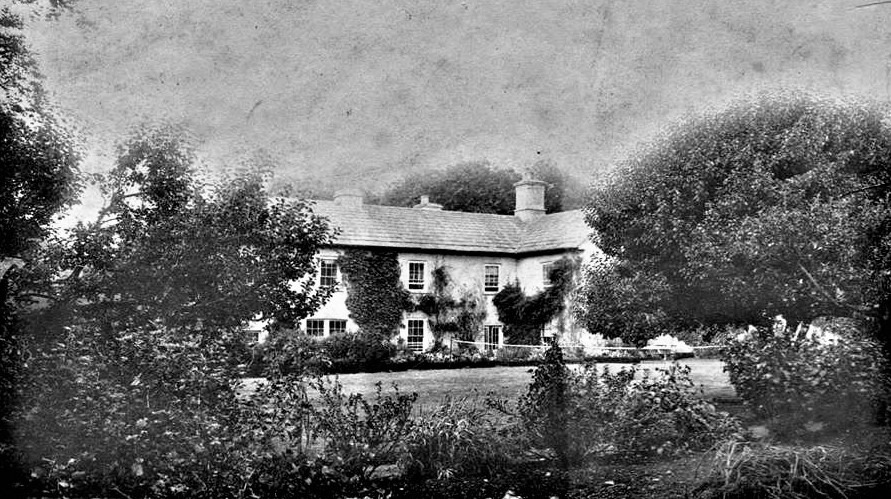
Johnstown house
Read More about the Johnstown house On Facebook
The 1812 report by Mr Richard Griffith (Jun) Civil Engineer of Edinburgh was presented to the British Authorities together with maps and costings and appears to have been favourably received.
The report covered the practicality of draining and improving bogs situated in Counties Roscommon and Galway which discharge their waters into the river Shannon, south of Athlone and also into the river Suck.
The works planned for the drainage programme extended to over a total area of 47,442 Irish acres, showing an estimated cost of £93,218-12-10. The drainage programme on the Johnstown and Creggan bogs covering an area of 6,285 Irish acres was estimated to cost £13,934-7-0.
McManus households by parish in Roscommon in 1857-8
Map McManus households by parish in Roscommon in 1857-8
Lough Chleití – a bog lake
A further interesting landmark on the Nure/Drumlosh bog was the presence of a now little spoken of inland bog lake, known as Lough Chleití (the lake of the feathers now dryed on completely). Deering surveyed the area of the lake in 1839; he stated it extended over 8½ acres.
One local man, Martin Mulvey who spent a lifetime on the bog, using his turf cutting machine has stated that the landlord families of Johnstown actually had a boat moored within a boat-house on the edge of the lake. Together with other landed gentry they would have used a boat when organising fishing or shooting parties on Lough Chleití.
A number of early McManus Baptisms, Marriages and deaths are recorded in St Peters Parish Register beginning in 1779 and this may suggest the time of arrival of the first McManus to settle in Nure.
When they came they probably brought with them their spouses and siblings when taking up residence in Nure in the latter half of the eighteenth century.
Present Day Generations of McManus’s in Nure
To this day, succeeding generations of the first of the McManus’s who continue to live in Nure, They have been known to be hard working honest men and women.
In pre-war years they cut thousands of tons of turf using the old time method of Slane and barrow.
Cartloads of turf left Nure each week and were offered for sale to townsfolk in Athlone town. The years of the emergency saw a greater demand for turf and the Nure men and women actually cut and saved many lorry loads of turf over a period of six to seven years.
Meanwhile each Nure farmer sowed several acres of potatoes on reclaimed bogland under the Department of Agriculture’s Certified Seed Potato Growing Scheme.
In later years carrots were grown in abundance mostly for sale in the Dublin vegetable market.
Ardnanure McManus Links
- Search the 1911 Irish Census for Ardnanure
- Search the 1901 Irish Census for Ardnanure
- Search Griffith’s Valuation (1847-1864) for Ardnanure

